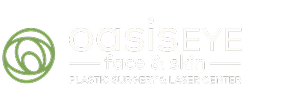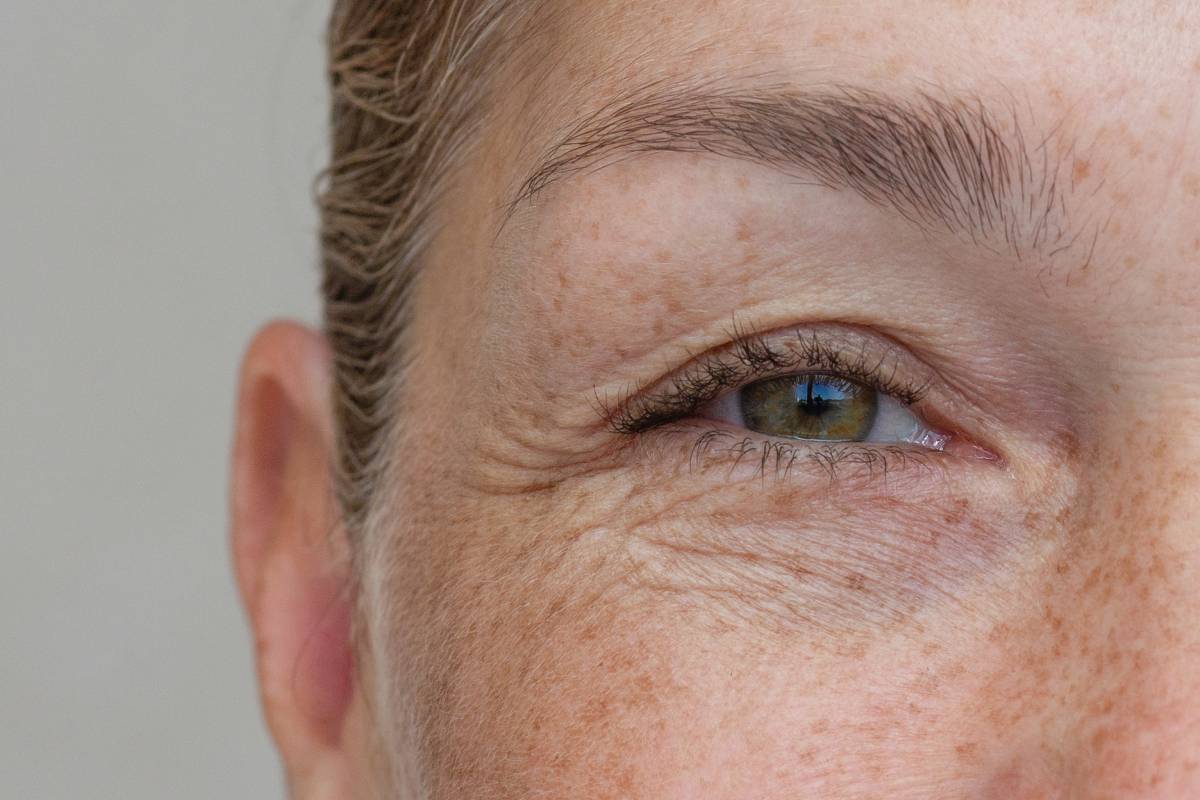The human eyelid operates through a network of muscles working together to perform the simple actions of opening, closing, and blinking. When eyelid problems develop, the anatomy of the muscles that control the eyelids becomes particularly important. Different muscles support different movements and when they do not function properly it creates distinct symptoms. For individuals experiencing eyelid drooping, involuntary twitching, or difficulty fully opening or closing their eyes, understanding the anatomy of the muscles responsible for controlling your eyelids helps guide treatment options. An experienced eyelid surgeon is knowledgeable in muscular anatomy of the eye and skilled in droopy eyelid repair. The primary muscle responsible for lifting the upper eyelid works in concert with supporting muscles and connective tissues to create the movements you perform thousands of times a day without conscious thought. When these structures weaken, become damaged, or develop abnormalities the resulting functional and aesthetic problems often require specialized intervention to restore normal eyelid position and movement. Understanding which Muscle Controls the Eyelids is crucial for effective treatment. This knowledge is essential as it helps in appreciating which Muscle Controls the Eyelids.
Structure and Location
The levator palpebrae superioris muscles serves as the primary elevator of the upper eyelid. This muscle begins at the back of the eye socket near the optic nerve and extends forward through the orbit, running along the top of the eyeball. Through multiple insertion points stability and even lid elevation cross the entire eyelid width is achieved. Knowing which muscle controls the eyelids allows for targeted therapies and interventions.
Knowing which Muscle Controls the Eyelids can significantly impact the approach to eyelid surgery and rehabilitation, ensuring that patients receive the most appropriate care for their specific condition.
Control and Function
The oculomotor nerve carries signals from the brain’s oculomotor nucleus, allowing voluntary control over eyelid movement. When you consciously decide to open your eyes or widen them, neural impulses travel through this pathway to activate levator muscle contraction. The muscle maintains a baseline level of tone keeping your eyelids open during waking hours without requiring constant attention.
Damage to the oculomotor nerve disrupts levator function and results in ptosis or drooping of the upper eyelid. The affected eyelid droops wholly or partially closed, depending on extent of the nerve damage.
Age Related Changes
The levator muscle experiences age related changes that commonly lead to ptosis in older adults. The muscle can stretch, thin, or detach from its insertion points over time. This is the most common cause of acquired ptosis in adults. Surgical repair of droopy eyelids involves tightening the stretched levator muscle, effectively restoring its ability to lift the eyelid.
Muller’s Muscle
Muller’s muscle provides supplementary eyelid elevation working in tandem with the levator muscle. It is smaller and less potent than the levator muscle but contributes approximately 2-3 millimeters of elevation. A modest but functionally significant amount. This additional lift helps fine tune eyelid position and contributes to the alertness of your eyes appearance. This muscle consists of smooth muscle fibers, a difference that reflects their different neural control mechanisms and functional roles.
The Orbicularis Oculi
The Orbicularis oculi muscle performs the task of closing the eyelid and keeping it closed. This circular muscle surrounds your eye opening. This muscle allows both voluntary and involuntary closure of your eye. Damage to the facial nerve disrupts orbicularis function, resulting in an inability to close your eyelid completely. This can create serious complications due to incomplete eyelid closure during sleep. This problem exposes your cornea to drying and potential damage.
Understanding Eyelid Muscle Anatomy for Better Outcomes
The intricate muscular system controlling eyelid movement involves multiple structures working together to maintain proper eyelid position, enable protective blinking, and support clear vision. The levator palpebrae superioris serves as the primary lifting muscle, with Muller’s muscle providing supplementary elevation and the orbicularis oculi enable closure. When any of these muscle or their supporting structures become compromised through aging, trauma, or neurological conditions, the resulting eyelid position can impact function and facial appearance. Modern droopy eyelid repair techniques can address complications in any of these muscular systems, restoring both functional capacity and aesthetic appearance.
CTA: Want to discuss droopy eyelid repair with an experienced eyelid surgeon? Call today.
Reference:
NIH. (2024). Eye Muscles.

